A new technology rapidly rolls adhesive tape to get graphene flakes cheaply and efficiently. Unlike the memorable manual method of mechanical exfoliation – rewarded with the Nobel prize in physics in 2010 – this roll-to-roll system could be easily integrated into industrial assembly lines, accelerating the development of graphene transistors and photodetectors.
‘We’ve developed a low-cost method [to] fabricate nanosheets with excellent electrical and optical properties,’ says Andrés Castellanos Gómez from the Institute of Materials Science of Madrid, Spain, lead author of the paper. On top of higher speeds and efficiency, the method offers opportunities for automation, which could catalyse commercial uptake. It also works with graphite, as well as other layered crystals, including boron nitride, molybdenum disulfide and black phosphorus. ‘We also present a simple method to transfer the nanosheets,’ says Castellanos. This transfer technique avoids traditional high-temperature treatments, which damage the materials.
‘I’ve seen [the device] in action … and I was very, very impressed by it,’ says Jonathan Coleman, an expert in nanomaterials based at Trinity College Dublin, in Ireland. ‘It’s similar to the sticky tape method, but [in this case] the spinning rolls result in repeated mechanical exfoliation,’ he adds. ‘At the end of the process, the sticky tape that surrounded the rollers is completely covered in graphene, molybdenum disulfide or whatever layered material.’
Coleman is known for the development of liquid phase exfoliation of 2D materials, a technique that yields suspensions and inks, which accelerated applications in industry. And, although today many manufacturing methods seamlessly work with liquids, ‘there’s some advantages to not having liquids around’, he says. Sometimes, the liquid solutions stay stuck on the nanosheets, affecting factors like conductivity.
It’s important to understand that graphene isn’t just a single monolayer of carbon atoms, but rather a concept encompassing different forms and families of materials. ‘Graphene and layered materials do many things really, really well,’ explains Coleman, only because ‘there are many different types, sizes, shapes and morphologies … with many different applications’. The flakes this method produces have a high aspect ratio – they’re big and thick. This is ideal for applications in composites, polymers and printed films, among others. ‘It’s horses for courses, you need the appropriate material for each application,’ adds Coleman. In the paper, researchers demonstrate the fabrication of simple transistors and photodetectors, both with good performance. ‘It’s the main application … the manufacturing of cost-effective sensors and electronic components for flexible devices,’ Castellanos says.
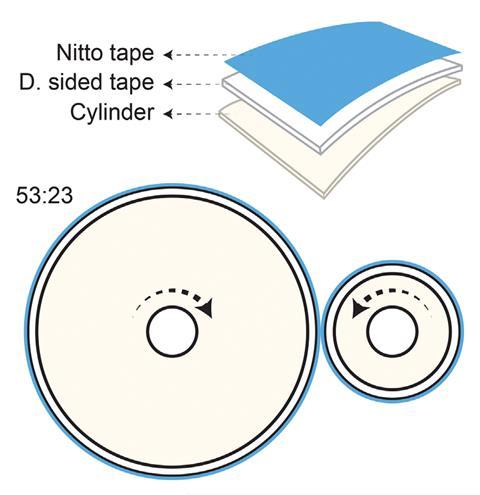
Some of the fabrication ideas were inspired by natural systems, particularly periodical cicadas. Some species in the US emerge en masse from underground every 13 or 17 years, explains Castellanos. The connection between reproductive periods and prime numbers helps cicadas avoid predators and maximise access to resources, since species only emerge together every 221 years. Similarly, ‘we realised if our rolls had the same diameter, they would meet at exactly the same point at every turn, accumulating material in a single zone [of the adhesive tape],’ says Castellanos. ‘To achieve a uniform and well distributed film, we needed rolls with large prime numbers as diameters,’ he adds. Similar to cicadas, the prime number ‘rolls require a large number of turns to coincide, resulting in a very homogenous film of nanosheets’.
The next challenge is scaling-up production. Castellanos says that larger rolls and wider sticky tape are straightforward to organise, and the ‘exfoliation and [transfer] processes could be incorporated into roll-to-roll setups’. There’s still some improvements needed in terms of thickness and uniformity of the nanosheets, according to Coleman, but ‘you could imagine roll-to-roll processing where [the method] is upscaled and industrialised’.
References
Y Sozen et al, Small Meth., 2023, 2300326, DOI: 10.1002/smtd.202300326

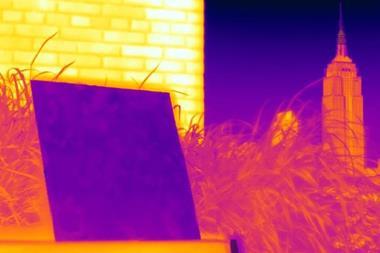








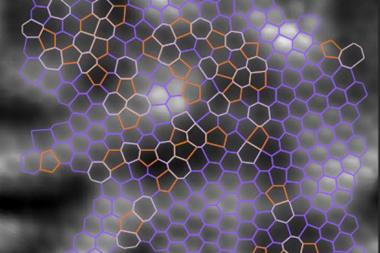
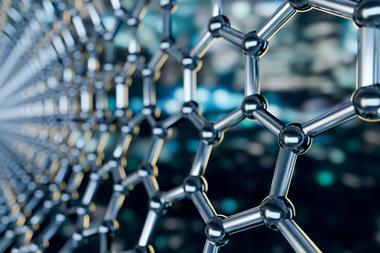
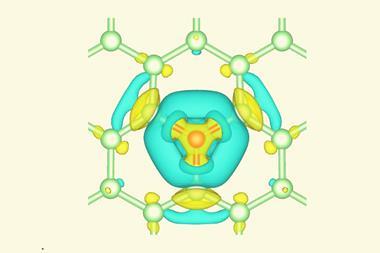
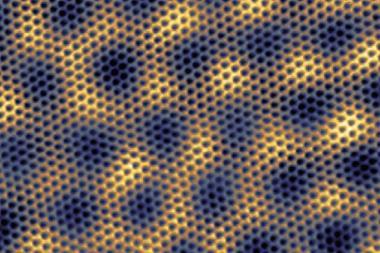













No comments yet